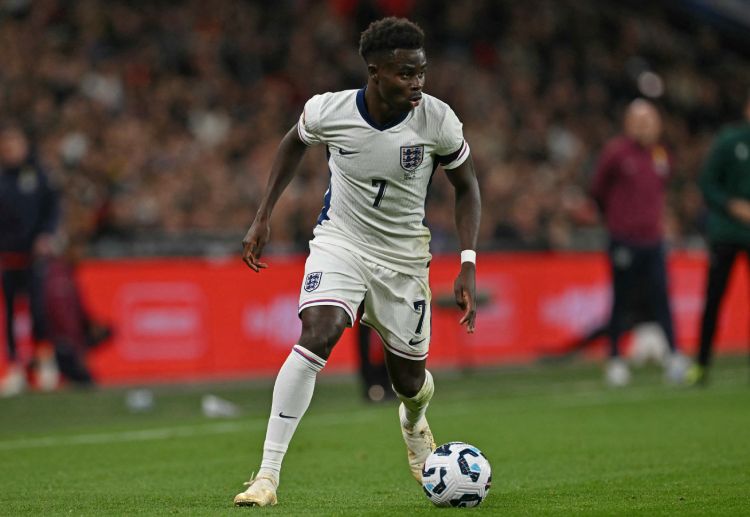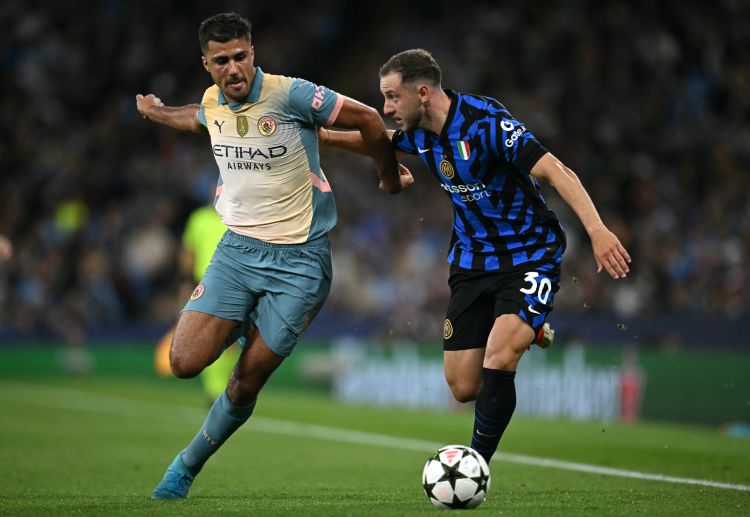International breaks can be the bane of a football fan’s life.
They never used to be. There was a time not so long ago when they were cherished, a chance to see the (supposed) best players from Premier League clubs up and down the country join forces for a couple of internationals – often far more meaningful encounters than they are now.
Over the last 20 years or so that has changed for me and I’m sure some others agree.
Undoubtedly the more tribal aspects of club football have kicked in but it’s more than that.
The change of the international calendar has simply diluted the product and more football has come at a much wider cost: fixture congestion, often reduced quality, certainly weaker opposition (and a chance for players to earn more caps and break more records than some of their more illustrious predecessors), presumably all in an attempt to keep the international game relevant and involve more nations.
Laudable? Yes.
To the detriment of the spectacle? Certainly.
Coupled with the wealth invested into English club football, how appealing now is it for top footballers to get excited about playing qualifiers or Nations League contests – barely more than glorified friendlies – against the likes of (and I mean this most respectfully) Liechtenstein and Finland? (there are other examples).
Even more so when you consider the same players may well have contests against the likes of Real Madrid or Bayern Munich (again there are other examples) round the corner with much more at stake.
The pride of pulling on a jersey and representing your country will never be diluted but the decision to extend major tournaments and introduce a new one has diluted the quality and sense of occasion more often than not and means there are now fewer international games to savour.
Certainly, I expect Premier League highlights to attract more interest over one weekend than the whole of this international break.
It has been tampered with to its own detriment.
And so back to the purpose of this article.
How much will this international break – the second of the season – impact on club teams?
Leaders Liverpool may not have appreciated the timing of the break as they had built up momentum, likewise rock bottom club Southampton may have been glad of the break.
But it could also have been the other way around with the Merseysiders keen to use the break to refocus, while the Saints wanted to return to action as soon as possible as they try and get a first win on the board.
All in all though, the break has very little impact in one sense as some club players no longer risk niggles they once might have done had the international fixtures carried more importance.
Likewise, in some cases, the majority of players know the programme means that, injuries aside, they may well get another chance to shine for their national team.
The injuries sustained on international duty now cause the biggest issue whereas they were once more accepted, while not appreciated, as part and parcel of the game.

Arsenal will be cheesed off at losing Bukayo Saka to injury but more so because he featured in little more than a glorified friendly against Greece.
It is certainly no coincidence either that two players who were key in Spain’s Euro 2024 triumph have now sustained season-ending injuries so soon into the new campaign.
It follows a year in which they were heavily involved in their club’s successes and then played until mid-July before returning a matter of a few weeks later without either a proper break or a proper pre-season.
The irony will not have been lost on Manchester City (Rodri) or Real Madrid (Dani Carvajal) that’s for sure.
Only last week it emerged that Barcelona are due to receive around £6 million from FIFA in compensation for the injury to young talent Gavi.
The compensation will be because he was injured on international duty, almost a year ago now, when he unfortunately ruptured his ACL.
The international break is a curse for many. More than ever before!
●●●
CHECK OUT OUR BLOG FOR MORE FOOTBALL STORIES & ODDS
Stay updated with everything sports and betting.
Follow us on social Facebook, Twitter, Instagram and YouTube.










